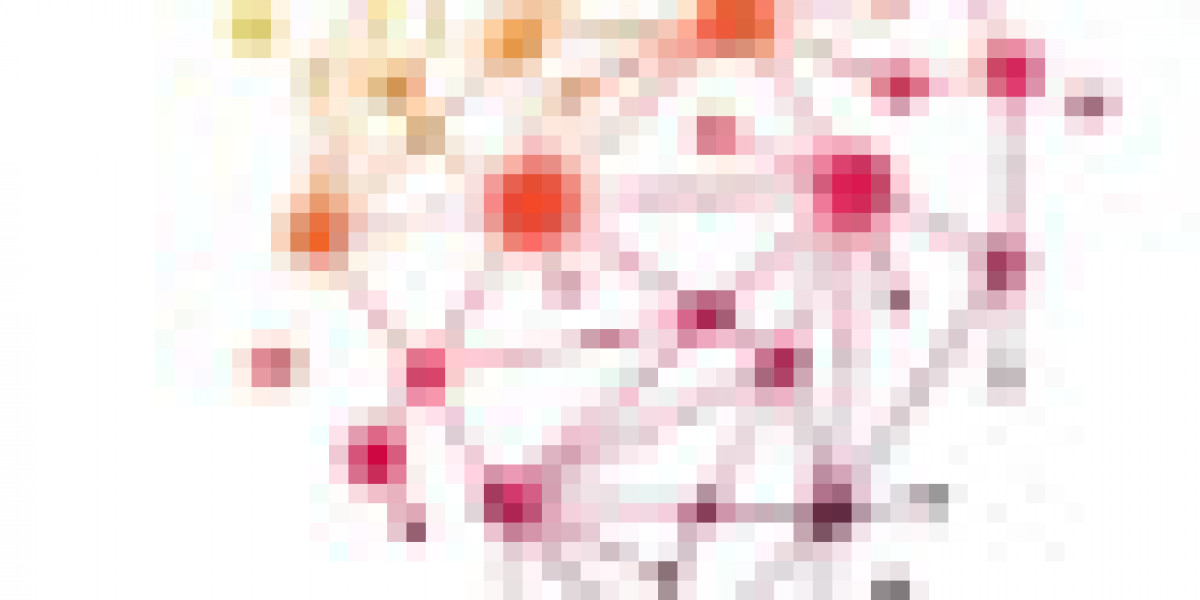In the depths of a harsh winter night, imagine you have nowhere to go. The streets are freezing. Shelters are full. Your only option is to find a bench, a doorway, or a cardboard box. You pull your thin jacket tighter, knowing that sleep might not come—and if it does, it could be dangerous. For millions of people worldwide, this isn't imagination. It's reality.
But what if that night could be different? What if, instead of surrender to the cold, you could unfold a backpack and create a warm, secure space to sleep? What if technology and compassion could meet, transforming a simple piece of gear into a lifeline?
This isn't science fiction. This is happening right now in Germany, where innovators have created something that challenges everything we think about solving homelessness. It's a solar-powered backpack that transforms into an insulated bed—a powerful symbol of how human-centered design can restore dignity to those society has forgotten.
The Problem We've Ignored
Let's be honest: homelessness is uncomfortable to confront. For those living in stable housing, it's easy to walk past someone sleeping on the street without truly seeing them. We rationalize it. We assume shelters exist for everyone who needs them. We tell ourselves that this is someone else's problem to solve.
But the numbers tell a different story. In Germany alone, an estimated 860,000 people experience homelessness. Globally, the figure is in the tens of millions. And it's not just about lacking a roof—it's about lacking agency, safety, privacy, and the basic human dignity that most of us take for granted.
What makes this crisis even more complex is that shelters aren't a universal solution. This might surprise you. Research shows that many people avoid traditional homeless shelters for legitimate reasons: fear of violence, concerns about theft, separation anxiety (especially for those with pets), or simply the loss of autonomy that comes with institutional settings. For these individuals, the choice often becomes binary: risk the shelter or face the elements alone.
That's where the real pain lives.
A Spark of Compassion in a German City
In the city of Ulm, Germany, a team of six innovators—business professionals with expertise in design and product development—looked at this crisis differently. Instead of asking "How do we build more shelters?" they asked a more fundamental question: "How do we give people experiencing homelessness the safety and dignity they're being denied?"
The answer came in the form of the Ulmer Nest, a solar-powered sleeping pod that emerged from research, empathy, and an honest desire to understand the people it would serve. But that's just the beginning. Building on this concept, designers across Europe have taken it further, creating portable backpacks that combine emergency shelter with renewable energy—transforming the way we think about addressing homelessness.
The Innovation: Beauty in Simplicity
Picture this: a sturdy backpack, compact enough to carry on your shoulders. Nothing extraordinary at first glance. But when you're desperate for shelter, something miraculous happens. You unfold it. The layers expand. Within minutes, you have a weatherproof, insulated sleeping pod.
That's not just clever engineering. That's hope made tangible.
The backpack features a thoughtful architecture that solves multiple problems simultaneously:
Thermal insulation protects against the harsh cold, trapping warmth inside so that even on freezing nights, you're shielded from the elements. The waterproof outer shell keeps rain, snow, and moisture at bay. This isn't generic outdoor gear—it's been specifically designed with the seasonal extremes that homeless individuals face in mind.
But here's where technology enters the story in a deeply human way. Attached to the exterior is a small solar panel that captures sunlight during the day. This isn't just a gimmick. During the night, when you need it most, this solar power generates electricity to run an LED light—providing illumination in an otherwise dark night, restoring visibility and safety.
Even more critically, the backpack includes a USB port. To those of us with reliable access to electricity, this might seem minor. To someone on the streets, a charged phone is a lifeline. It means staying connected to emergency services. It means accessing shelter information. It means maintaining contact with family, friends, or social workers. It means the difference between isolation and possibility.
Some designs even include heating elements powered by the solar battery, providing not just comfort but potentially life-saving warmth on nights when temperatures plummet.
Everything folds back into a portable backpack. You carry it during the day. You deploy it at night. The result? A personal, secure space where someone can rest with dignity and minimal risk.
Why This Matters More Than You Might Think
On the surface, this seems like a tactical solution—a better sleeping arrangement for people without homes. But dig deeper, and you'll see why this innovation represents something profoundly important about how we solve human problems.
First, it restores autonomy. People experiencing homelessness often exist in a state where others make decisions for them. Shelters have rules, schedules, and restrictions. This backpack gives individuals agency. They choose when to deploy it. They choose where to rest. This small gesture—the ability to make your own decisions about your own safety—is transformative.
Second, it preserves dignity. Homelessness is dehumanizing. Society often treats people without homes as problems to be managed rather than human beings deserving of respect. This backpack says something different. It says: "You matter. Your safety matters. Your comfort matters. You deserve a private, secure space." That message, embedded in design, is powerful.
Third, it extends connectivity. For decades, we've discussed how technology can solve social problems. But rarely do we see it executed this perfectly. The solar panel and USB port aren't luxury features—they're lifelines that connect vulnerable people to information, services, and loved ones. A charged phone can literally be the difference between someone finding help and slipping deeper into crisis.
The Human Stories Behind the Innovation
While the backpack itself is remarkable, the real story lives in the lives it touches. Consider Rebecca Young, a 13-year-old girl from Glasgow who saw homeless people sleeping in freezing Scottish winters and decided to do something. She designed a solar-powered heated blanket in a backpack—a concept so powerful that it won national engineering awards, attracted the attention of global firms like Thales UK, and earned her recognition as one of TIME magazine's inaugural "Girls of the Year."
That's not just an invention. That's a child seeing suffering and responding with compassion. That's evidence that innovation for social good doesn't require corporate resources or decades of experience. It requires seeing a problem and caring enough to solve it.
In Berlin, pilot programs have been running these solar backpacks, and the feedback is consistent: people feel safer, less isolated, and more capable of engaging with services that could help them transition off the streets. One backpack might not change someone's life permanently, but on a freezing night, it might just save it.
A Broader Movement
What's fascinating is that the German backpack innovation isn't happening in isolation. It's part of a wider movement of designers, engineers, and social entrepreneurs reimagining how technology serves vulnerable populations.
Cities like Ulm are installing stationary solar-powered sleeping pods—the Ulmer Nest—that provide emergency shelter when traditional shelters are at capacity. The pods, made from sustainable timber and steel, include sensors for temperature, humidity, and air quality, along with radio communication systems that don't require mobile networks. They're weatherproof, secure, and free to use without paperwork or registration.
Meanwhile, other European initiatives—in France, the UK, and Scandinavia—are adapting and evolving these concepts. Some are experimenting with 3D-printed structures. Others are combining IoT technology with shelter design. The common thread? A commitment to treating homelessness not as an unsolvable problem but as a design challenge—one where human need drives innovation.
The Limitations (And Why They Matter)
It's crucial to be honest: a backpack can't solve homelessness. Neither can a solar pod. Neither can any single innovation.
Homelessness is a structural problem rooted in poverty, mental illness, addiction, lack of affordable housing, and systemic inequality. True solutions require sustained investment in housing-first programs, mental health services, addiction treatment, job training, and long-term supportive housing.
The backpack isn't a replacement for these efforts. It's a bridge—a way to meet people where they are while society works toward bigger, systemic changes. It's acknowledgment that while we're building permanent solutions, people are suffering now. They need warmth tonight. They need safety now. They need dignity today.
In that context, the innovation becomes even more meaningful. It's not claiming to be the answer. It's offering a compassionate intervention while we pursue the answers.
Design as a Moral Statement
What strikes me most about this innovation is what it reveals about the relationship between design and ethics. For too long, design has been treated as an aesthetic discipline—how do we make things beautiful? But increasingly, the most important design challenges are moral ones: How do we design systems that respect human dignity? How do we create technology that serves the most vulnerable among us?
The solar backpack answers these questions beautifully. It's functional. It's elegant. It's sustainable. But most importantly, it's built on a foundation of empathy. The designers didn't imagine what homeless people might need. They researched. They listened. They understood that people avoiding shelters often do so for good reasons. They designed with that reality in mind.
That's design as a moral act.
A Glimpse of a Possible Future
Imagine a world where every city had access to solutions like this. Where innovation wasn't just the domain of tech billionaires and venture capitalists, but a tool deployed to address human suffering. Where the same engineering minds that design luxury products turned their attention to emergency shelter. Where compassion and technology worked together, not in opposition.
This isn't fantasy. It's already happening. It's imperfect. It's not complete. But it's real, and it's expanding.
Conclusion: The Backpack as Symbol
At its core, the solar-powered backpack for the homeless is more than a product. It's a symbol of possibility. It represents the idea that every problem even one as complex as homelessness—can be addressed with care, creativity, and commitment to human dignity.
Every person who uses one of these backpacks on a cold night experiences something powerful: the knowledge that someone, somewhere, was thinking about them. Someone designed this with their safety in mind. Someone cared enough to innovate.
And that matters. Because dignity—real, tangible recognition of someone's worth as a human being is often the first step toward recovery, connection, and change.
This German innovation won't end homelessness. But it might help someone survive the night. It might restore a sense of agency and worth. It might be the moment when someone feels like society hasn't completely abandoned them.
In this broken world, sometimes that's everything.



